‘… pouring into the 30-inch diameter riser at a rate of 540 gallons per second and at a velocity of 40 feet per second creating a free vortex entraining all personal and loose equipment into the riser. ‘
By Sue-Ann Wayow
THE root cause of the deaths of the four underwater divers involved in the Paria tragedy was the failure by both Paria Trading Fuel Company and subcontractor LMCS to recognise a latent hazardous differential pressure condition – Delta P.
Delta P was created by the methods used in the execution of the works with particular reference to the removal of fuel oil in Sea Line 36 where the incident occurred.
These were the findings of the investigation conducted by the Occupational Safety and Health Authority (OSHA) laid out in its report, which was read by senior counsel to the Commission of Enquiry (CoE) mandated to investigate the deaths of the divers Ramesh Lawrence Maharaj.
In his opening remarks on the first day of the evidential hearing at Tower D, International Waterfront Centre, Port of Spain, Maharaj read from evidence gathered from various persons and entities.
The CoE is chaired by Jerome Lynch, KC. Subsea specialist Gregory Wilson is the only other member.
Maharaj detailed what exactly was Delta P and its possible impacts based on the report conducted by In-Corr-Tech Limited, an established engineering and design and quality engineering company in Trinidad and Tobago for OSHA.
“If this Delta P Hazard was recognised, a simple mitigation steps and or change in the methods of work could have been instituted to eliminate this hazard,” he said.
Maharaj said, “It went on, this latent hazardous differential pressure condition known as Delta P existed at the onset of the work within the habitat and it became active when the divers were attempting to remove the inflatable plug from within the riser.
“Not being aware of this latent differential pressure condition incorporating a gaseous void, LMCS divers proceeded to deflate the plug after the safe removal of the mechanical seal.
“On a deflated pressure of approximately 11.4 PSI, the resistive force of the plug was then lower than down the downward force. Simultaneously, the transient and sudden loss of habitat pressure caused the seawater to rush into the habitat, pouring into the 30-inch diameter riser at a rate of 540 gallons per second and at a velocity of 40 feet per second creating a free vortex, entraining all personal and loose equipment into the riser.
“Gravity habitat supply air from the compressor, a large gaseous void on an endless supply of water from the sea, perpetuated this vortex in the riser until the differential pressure equalised and the system stabilised.”

According to the report, appropriate job safety analysis risk assessments were not seen for several key activities in LMCS’ proposal supplied to OSHA from Paria with respect to safety issues which reflected the lack of thoroughness of the bid evaluation done by Paria.
“The report continued further, the removal of the inflatable plug could have only been applied safely if a Delta P condition was not present. This was also a grave oversight by both Paria and LMCS during this evaluation and subsequent discussions with LMCS,” Maharaj read.
An important question to be considered by the CoE was whether Delta P Hazard was considered in the risk assessment and evaluation by Paria and LMCS of the works to be.
Part of a video produced by the Association of Diving Contractors International Incorporated was also played to further explain Delta P in which where the pressures between two bodies of water are dramatically different.
LMCS divers not qualified for commercial diving
Maharaj also read from another report commissioned by OSHA conducted by the Diving Contractors International Inc (ADCI) based in Houston Texas which produced the video.
That report dated July 29, 2022, was signed by its executive director, commercial diver and diving instructor Phil Newsum.
Maharaj said, “The findings of the report included the following: only two members of the dive team were in possession of commercial diving certification. The remainder of the dive team was in possession of recreational scuba certification.
“Scuba certification was not intended or designed to prepare divers for commercial diving. The diving personnel therefore was inadequately trained for commercial diving, specifically to perform an operation that involves differential pressure hazards.”
The dive operation was also performed on scuba and scuba diving was not the tool for the job for the type of operation and the location offshore from the main facility, the report stated.
Maharaj said, “Then the report stated, from all material reviewed, it is apparent that no planning, mitigation plan, emergency response plan pre-dive check and verifications as well as actions during the course of the dive took into account the potential for a Delta P hazard.”
The report also took into account the testimony of lone survivor of the dive operation Christopher Boodram which “outlines the failure of both Paria officials and the Coast Guard to authorise the timely rescue of the other four divers which ultimately made it a recovery operation,” Maharaj said.
He also gave evidence supplied by Lieutenant Hal Greaves of the Trinidad and Tobago Coast Guard (TTCG) in which Greaves stated that the rescue operation of the divers from the pipeline required commercial equipment such as a dive helmet with ship air supply which the TTCG did not have and that TTCG divers were only trained to perform operation and scuba diving and not commercial dives.
Based on OSHA reports, it was also found that Paria’s personnel lacked the experience and competency in offshore subsea maintenance work.
Maharaj also mentioned that on July 2, 2021, there was an injury to an LMCS employee during the fabrication of a riser pipe support at offshore services. OSHA had issued a prohibition notice to Paria suspending all works on Sealine 36. After the issues were addressed in notice, OSHA lifted that prohibition notice and works resumed in January 2022.
By works and services purchase order dated June 1, 2021, Paria had awarded the contract to the project to LMCS. – with reporting by Annmarie Bourne
![]()


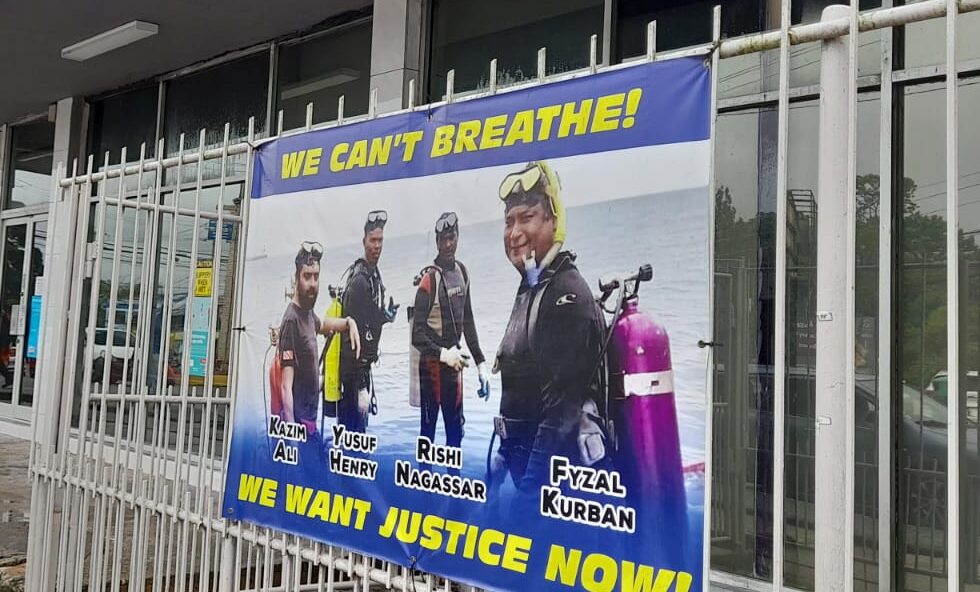

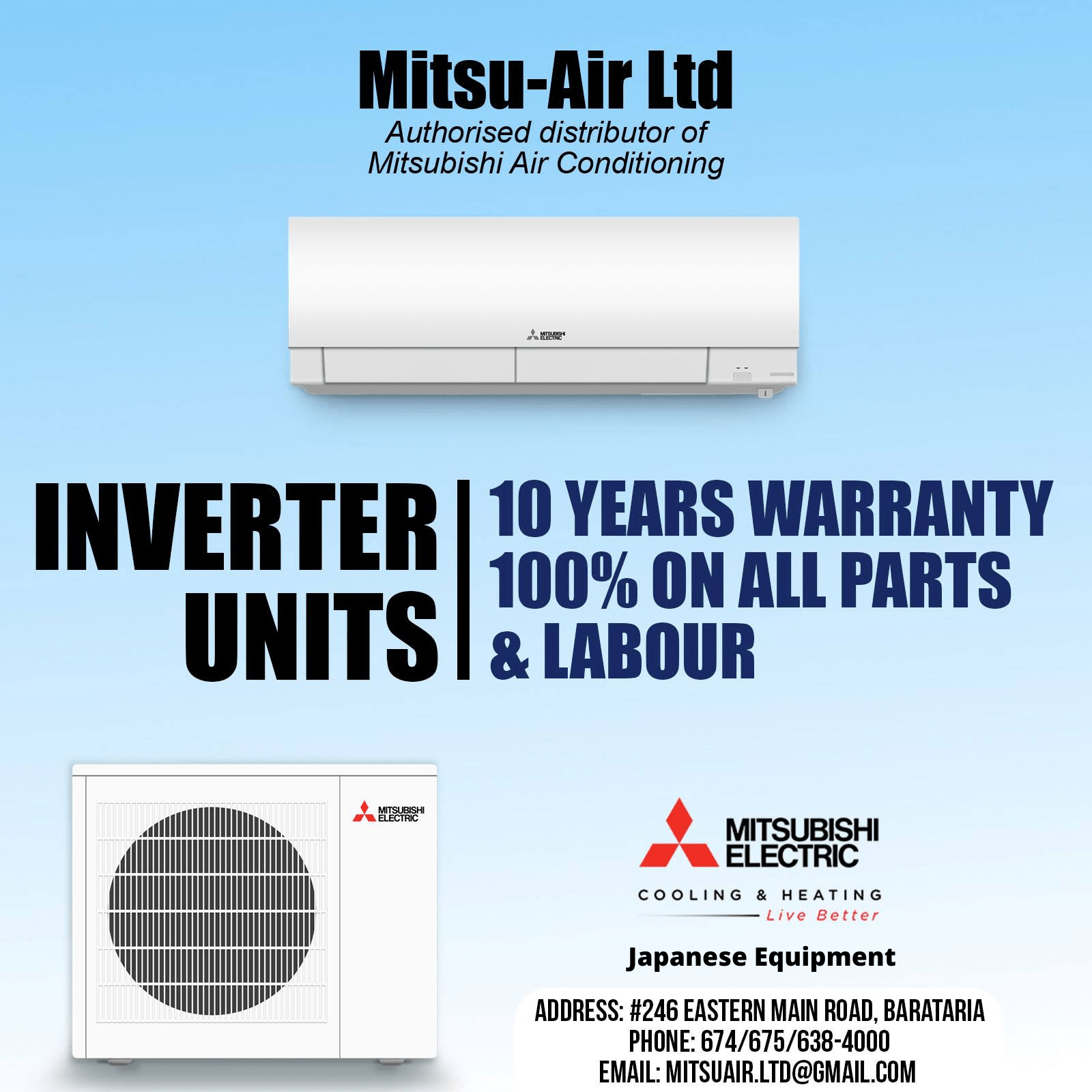



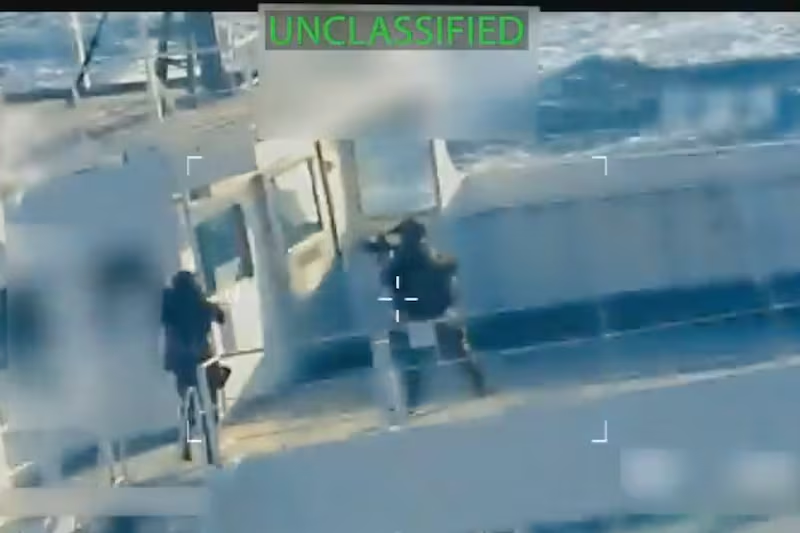

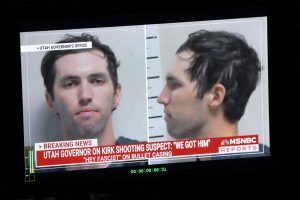
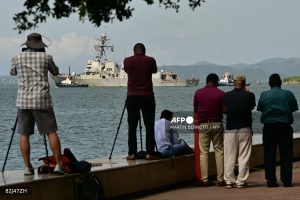
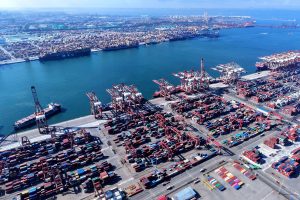
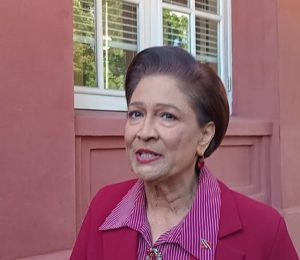
Isaac Ali
December 15, 2022It is surprising that given the finding that delta p is the main cause of commercial diving fatalities this was not factored in the undertaking. Paria’s response was inadequate given their lack of understanding but really no one came forward with any concrete knowledge as to how to treat with the rescue. This was a tragic incident but I do not get the sense that Paria did not care from the enquiry